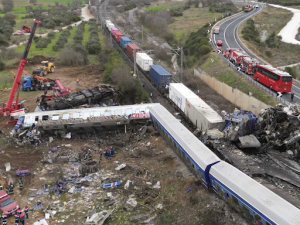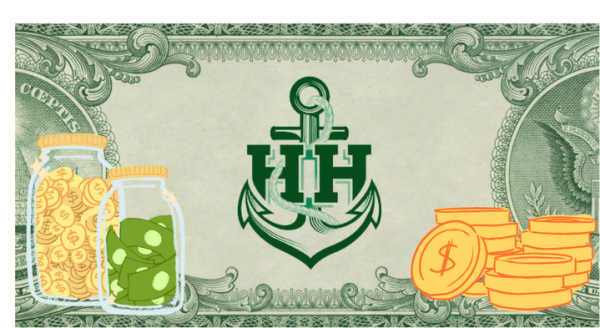Deadly Train Accident in Greece Leaves and Estimated 57 Dead and Communities in Uproar

TEMPI, Greece – On Tuesday, February 28th, a passenger train providing service from Athens to Thessaloniki collided with a freight train just before midnight between the towns of Tempi and Evangelismos, killing 57 and injuring 80. The front cars of both trains burst into flames, requiring over 150 fire trucks to quell the inferno. The passenger train, believed to be traveling between 87 and 99 miles per hour, was exiting a tunnel where it was directed onto a track headed towards the freight train traveling in the opposing direction. Passengers in the front three rails cars of the passenger train were killed instantly while passengers in rear cars of the train were forced to flee through broken windows.
Investigators have revealed that the passenger train bypassed red signals that indicated the train needed to stop and allow an approaching train to pass. More troubling is that the station manager for the stretch of railroad where the crash occurred admitted to allowing the train to continue despite its failure to stop. Instead, the station manager intended to redirect the passenger train to an adjacent track and allow both trains to continue without disruption. Unfortunately, the switch to redirect the train failed to function at the time of the accident. The operators of both trains were unable to react in time as a result of the dark conditions. The station manager was charged with manslaughter and negligence for failure to properly act.
The accident prompted outrage from railway employees and citizens across Greece. For years, there has been growing concern over the state of Greece’s rail system. Train operators have reported an epidemic of failed maintenance and lack-luster safety equipment for decades, so much so that Greece is noted for having the worst railway safety of any European Union country. Implementation of the European Train Control System (a standardized network used to create uniform signaling and equipment requirements between European nations) in Greece has been sluggish as a result of lacking capital investment, and stalled legislation. Equipment required in the European Train Control System would have prevented an accident as such by automatically stopping both trains before the collision. Rail workers across the nation began striking on March 2nd, demanding improved working conditions and the modernization of the rail network. Tens of thousands of protestors took to the streets across Greece to call for reform and greater investment in the Greek rail system. Violence broke out in Athens as citizens hurled stones at riot police, leading to police firing tear gas into crowds.
Greek officials have pledged to modernize the rails system following the accident, planning to request additional funding from the EU to speed-up safety equipment installation. Prime Minister Kyriakos Mitsotakis asked for forgiveness from the nation for the chronic failures of the rail system. The accident comes only two weeks following an inquiry from the European Commission (a branch of the EU government that draws-up and enforces legislation) over Greece’s failure to comply with EU rail safety regulations. The commission ordered Greece to immediately act to correct deficiencies within its rail system or face heavy fines. The accident is expected to deepen Greece’s conflict with the European Commision and will likely place the nation in European courts.
Your donation will promote student journalism at Hen Hud.

Aidan is a senior at Hen Hud and this is his second year with The Anchor, serving as Editor-in-Chief. Outside of school, Aidan likes to hang out with his...






